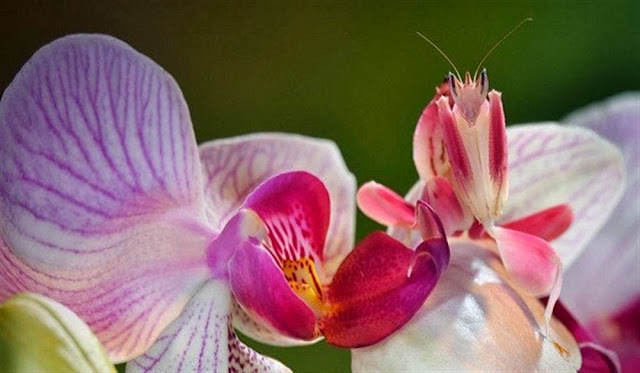![]() |
| Image credit - http://leckerandyummyrecipes.blogspot.co.uk/ |
While the cucumber is a mainstay of almost every single home-made salad, it has unfortunately become a completely under-rated crop. The reason behind this is that they are ubiquitous in supermarkets and to be perfectly honest they are fairly tasteless. This isn't the fault of the cucumber itself, but down to the quality specifications imposed by the supermarkets and the all-year-round production techniques employed by the growers.
If you want to experience a genuinely meaty and flavoursome cucumber then there is a way, and that is to grow your own cucumbers from seed.
Luckily for us they are a fairly simple crop to grow, but because they originate from Southern Asia they will need similar temperatures and light levels in order for the fruit (yes, a cucumber is a fruit). This would mean growing your cucumbers under the protection of a greenhouse.
At least it would be if it wasn't for those clever, lab-coated plant breeders who have developed a number of cultivars that can now be grown quite happily outside.
Greenhouse cucumbersIf you do own a greenhouse then growing cucumbers under protection will be the best way forward and you will be able to produce fruit similar to that found in the supermarkets. They won't need to be pollinated, and in fact you should remove any male flowers as pollinated fruits will develop a bitter flavour. If this also seems too much work the plant breeders have also developed ‘all female’ flowering F1 hybrid varieties such as Cucumber ‘Flamingo’.
Outdoor cucumbersOutdoor varieties are known as ridge cucumbers. They tend to be shorter that traditional cucumbers and have a rougher skin.
Of course they have the important advantage of being able to produce fruit outside, so they are the perfect choice if you do not have a greenhouse.
Ridge cucumbers produce male and female flowers, and these will need to be pollinated. Luckily this is something that you will not need to worry about either as insects will do the job for you.
Growing cucumbers from seedIt doesn't matter of you are choosing to grow indoor or outdoor cucumber cultivars as their seeds will both need to be to sown in a propagator from early March to April. If you miss this opportunity then you can get away with direct sowing outdoor varieties from May to June.
Sow cucumber seed on their sides at a depth of ½ inch, at a rate of one seed per 3 inch pots containing a good quality, free-draining compost such as John Innes 'Seeds and Cutting'.
![]()
Gently water in and then place the pots in a propagator or seal them inside a plastic bag at a temperature of 20 degrees Celsius. Germination usually only takes 7-10 days at which point the pots can be removed from their bag or propagator.
Move them to a warm, bright windowsill, but keep out of direct sunlight as cucumber seedlings are easily scorched. Grow them on until they are large enough to be transplanted. Try to maintain a minimum temperature of 15 degrees Celsius and keep the compost moist but not waterlogged as this will damage the juvenile roots system. Once the young cucumber plants are have put on some decent growth they will be ready for transplanting. Just make sure that you disturb the roots as little as possible.
Greenhouse varieties will need to be kept at a temperature of at least 15 degrees Celsius and can be planted either directly into the soil 18 inches apart, or at a spacing of 2 plants per growbag.
Outdoor varieties will need to be hardened off over a period of 7-10 days before being subjected to the harsher, garden conditions. When ready, plant them into warm, well drained, humus rich soil. They will do best planted in a sunny, sheltered position protected from strong winds. Plant outdoor cucumbers in single rows at a distance 36 inches apart.
![]()














































